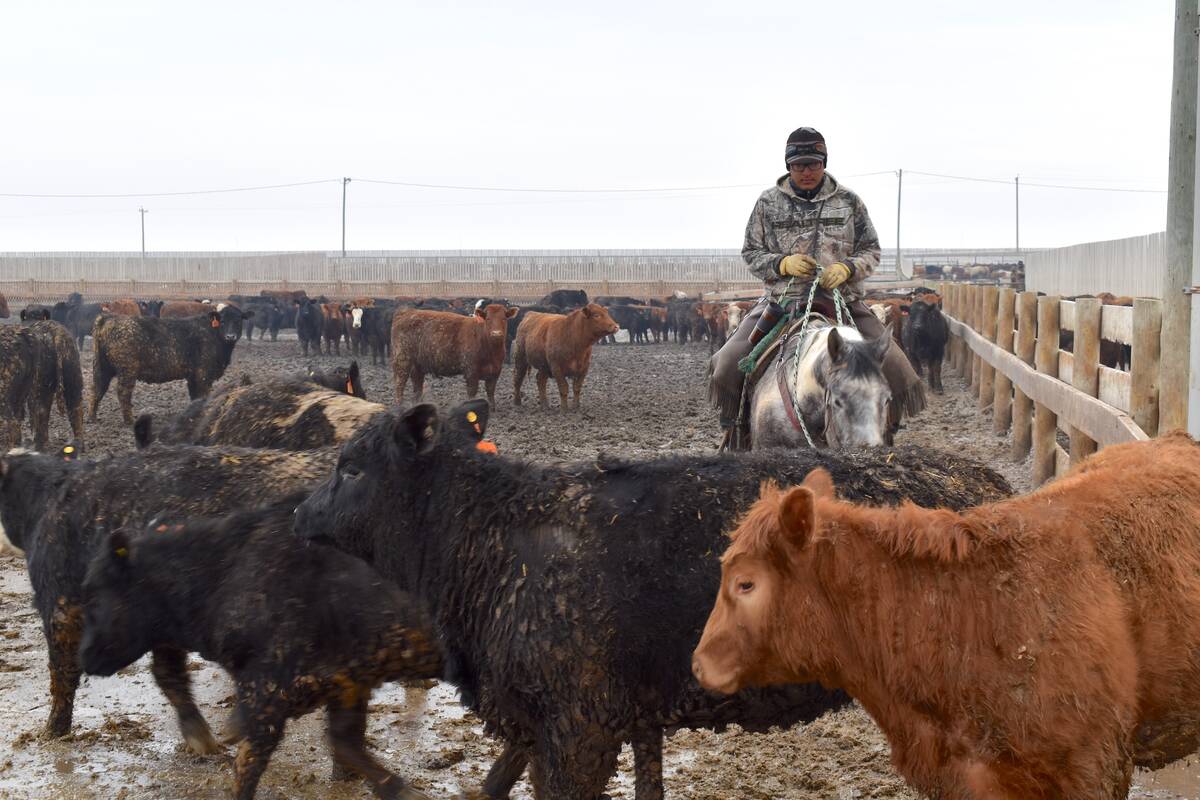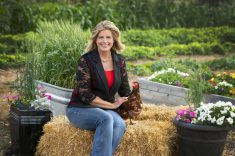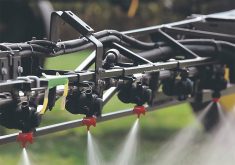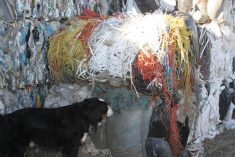Finding the right fit for an employee is a challenge for any industry, let alone agriculture.
“Different job markets, changing talent pools and a change in the demographics, there’s a lot that has changed over the last 15 to 20 years in agriculture,” Ashley Nicholls of Reach Agricultural Strategies said during his Ag Management: The Life Cycle of An Agricultural Employee presentation at the Ag Connections Conference in Medicine Hat.
WHY IT MATTERS: The swiftness in which members of the Gen Z workforce change career paths compared to millennials and Gen X makes it increasingly difficult to retain them, particularly in light of the seasonal nature of agricultural work.
Read Also

Western B.C., parts of Prairies received drought relief in October
Drought monitor for Western Canada for October
The Canadian farming population continues to age, with 60 per cent older than 55. Those 36 to 54 make up 32 per cent, and 35 and younger are at eight per cent.
Replacing these older workers with members of the Gen Z generation is challenging, considering they do not like to stay in one place too long. Members of this cohort change jobs 127 per cent faster than the millennials before them.
“Gone are the days of the pasture cowboy to the pen checker, but also gone are the days of the 20-year employee,” Nicholls said.
“What they’re looking for in employment is very different. They’re not necessarily looking at the finances as much. Finances matter, because the world costs a lot, but they’re also looking at job satisfaction. Are they happy at the end of the day? Do they feel fulfilled? They’re looking for transparency and career development.”
An employment life cycle features the five stages of hiring, on-boarding, training, growing and moving on. He said there is a real cost to that turnover.
Nicholls ran a cost-analysis model from the Canadian Agricultural Human Resource Council using a $15 an hour employee and a $25 an hour manager, and it amounted to $12,305 in re-hiring costs per employee. Those costs add up, particularly when accounting for seasonal work and condensed numbers in certain operations.
“If you think about an average feedlot, they’re losing two, three, four employees a year. That adds up. There’s hidden costs you don’t really think about,” said Nicholls.
He said the “Yellowstone” effect has helped in recent years as the hugely popular television show and its spin-offs have brought more people to the profession. Cowboying is “cool” again among younger people.
Also, the livestock industry is the highest paid and has highest job satisfaction in Canadian agriculture for the immigrant workforce. Twenty per cent are foreign workers and 66 per cent of those are Spanish speaking. Fourteen per cent of foreign workers become permanent residents within five years of being hired.
Even if post-secondary education is not directly agriculture related, it can still be moulded into the industry for a quality employee.
“Let’s leverage that, and then if we can combine traditional work values that we see in the agriculture space with higher education, we’ve got a recipe for success. When we’re talking about identifying talent, play the long game. Seasonal is the way that we’ve looked at things for a very long time, but if you’re looking to get somebody that you actually want to be long term and you want to work with them and develop them, we need to be identifying them in long term,” said Nicholls.
“If you need someone for the fall, don’t start looking in August. You might have to take a little bit extra payroll on either side, but the quality of the employee you’re going to get is going to pay for itself pretty quickly. Identify talent early. Make connections with secondary education. Pay attention to the trends in the different degrees that they’re putting out, the different lessons that they’re trying to teach.”
On-boarding and training are often overlooked in agriculture and needs to start on day one in setting the tone for positive connections for both employer and employee.
“If we do quality on-boarding starting on day one, you’re going to reduce that ramp up time,” he said.
“One of the largest costs is ramp-up time because you have an employee that starts and it’s going to take them three weeks to a month before they even know where they are and what they’re doing. If we can set that on-boarding right away, on day one, set the tone, that’s going to give us a really big head start.”
He said 30-, 60- and 90-day benchmarks should be booked with the employee to get feedback from each other and to discuss the progress being made as an employee.
Making sure every employee has the same baseline training is important. It could be a low-stress cattle handling or how equipment is run.
Competency-based learning clearly identifies workers’ abilities, which improves workplace safety and ensures everyone is able to do all the required tasks.
In North American agriculture, every $1 invested in staff training will lead to a $6 return, be it a reduction in broken equipment, a reduction in worker compensation claims or a reduction in potential fines and lost time.
Further development past the introductory baseline concept does not have to be costly for employees. There are three-day conferences that require flights and accommodations, but there are also internal resources for peer mentorship and courses.
“It’s not just the big, flashy, fancy things; it’s the small, everyday things that can make a huge difference. There’s a ton of webinars. I’ve learned a ton from just sitting in front of a laptop for an hour. Seminars, online courses, there’s a pile of free courses out there,” said Nicholls.
“Peer mentorship can be internal or it can be external. Generally, most employers, especially on smaller operations, have the one hired hand who’s been there forever, and have the other hired hand who rotates every six months. Use that person that’s been there forever. Utilize their skills, utilize their engagement. They’re obviously there for a reason. They know what they’re doing. They know what they’re looking at. Who’s engaging, who’s helping them and mentoring them?”















